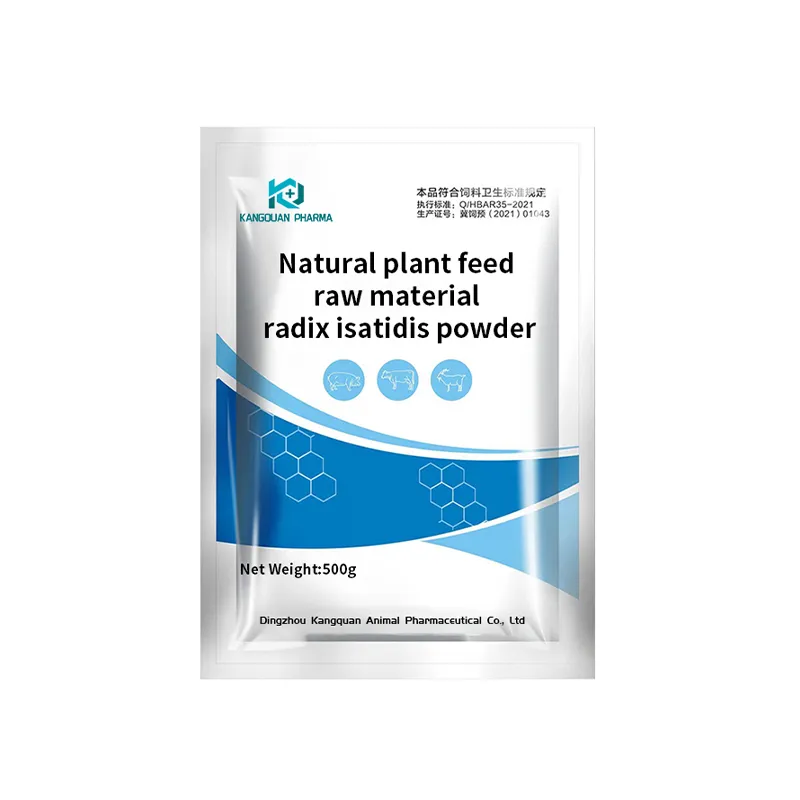- Afrikaans
- Albanian
- Amharic
- Arabic
- Armenian
- Azerbaijani
- Basque
- Belarusian
- Bengali
- Bosnian
- Bulgarian
- Catalan
- Cebuano
- Corsican
- Croatian
- Czech
- Danish
- Dutch
- English
- Esperanto
- Estonian
- Finnish
- French
- Frisian
- Galician
- Georgian
- German
- Greek
- Gujarati
- Haitian Creole
- hausa
- hawaiian
- Hebrew
- Hindi
- Miao
- Hungarian
- Icelandic
- igbo
- Indonesian
- irish
- Italian
- Japanese
- Javanese
- Kannada
- kazakh
- Khmer
- Rwandese
- Korean
- Kurdish
- Kyrgyz
- Lao
- Latin
- Latvian
- Lithuanian
- Luxembourgish
- Macedonian
- Malgashi
- Malay
- Malayalam
- Maltese
- Maori
- Marathi
- Mongolian
- Myanmar
- Nepali
- Norwegian
- Norwegian
- Occitan
- Pashto
- Persian
- Polish
- Portuguese
- Punjabi
- Romanian
- Russian
- Samoan
- Scottish Gaelic
- Serbian
- Sesotho
- Shona
- Sindhi
- Sinhala
- Slovak
- Slovenian
- Somali
- Spanish
- Sundanese
- Swahili
- Swedish
- Tagalog
- Tajik
- Tamil
- Tatar
- Telugu
- Thai
- Turkish
- Turkmen
- Ukrainian
- Urdu
- Uighur
- Uzbek
- Vietnamese
- Welsh
- Bantu
- Yiddish
- Yoruba
- Zulu
lis . 27, 2024 09:56 Back to list
Disinfectant Use and Importance in Veterinary Healthcare Practices and Animal Welfare
Disinfectants in Veterinary Practice Ensuring Animal Health Through Hygiene
In the realm of veterinary medicine, the importance of hygiene cannot be overstated. Effective disinfectants play a pivotal role in maintaining a safe and healthy environment for animals, veterinary staff, and clients alike. The use of disinfectants is integral in preventing the spread of infectious diseases, controlling pathogens, and ensuring the overall well-being of the animals in our care. This article delves into the various aspects of disinfectants utilized in veterinary practice, including their classifications, applications, and best practices.
The Nature of Disinfectants
Disinfectants can be defined as chemical agents that are applied to surfaces and instruments to eliminate or reduce harmful microorganisms such as bacteria, viruses, and fungi. They are categorized based on their level of efficacy and the type of microorganisms they target. Common classes of disinfectants used in veterinary practice include
- Alcohols Ethanol and isopropyl alcohol are effective against many bacteria and viruses and are often used for disinfecting surfaces and equipment. - Chlorine Compounds Sodium hypochlorite (bleach) is widely employed in veterinary settings for its broad-spectrum antimicrobial properties, although it must be used with caution due to its potential to damage surfaces and fabrics. - Quaternary Ammonium Compounds (Quats) These are used for their residual effects and user-friendly properties. However, they may not be effective against all viruses. - Peracetic Acid Known for its fast action and effectiveness against a broad spectrum of pathogens, peracetic acid is often used in veterinary hospitals for high-level disinfection. - Iodophors These compounds are used for skin antisepsis and surface disinfection, particularly effective against bacterial spores.
Applications of Disinfectants in Veterinary Practice
Disinfectants are used across various applications in veterinary practice. They play a crucial role in
1. Surgical Settings In surgical environments, maintaining sterility is paramount. Disinfectants are used extensively on surgical instruments, drapes, and skin preparation to minimize the risk of infection during procedures.
2. Examination Rooms Regular disinfection of examination tables, equipment, and surfaces helps protect both animal patients and veterinary staff from contamination.
3. Kennels and Boarding Facilities High-density animal housing facilities are particularly susceptible to disease outbreaks. Routine disinfection protocols help control the spread of infectious diseases among animals.
disinfectants in veterinary practice

5. General Facility Hygiene Routine cleaning and disinfection of floors, walls, and other non-animal-specific areas contribute to an overall hygienic environment.
Best Practices for Disinfection
To maximize the efficacy of disinfectants in veterinary practice, several best practices should be adhered to
1. Proper Dilution and Contact Time Follow manufacturer recommendations for dilution and ensure that surfaces remain wet for the required contact time to effectively kill pathogens.
2. Compatible Disinfectants Ensure that the chosen disinfectant is compatible with the surfaces being treated. For example, some disinfectants can corrode metals or damage plastic surfaces.
3. Regular Training Veterinary staff should receive proper training on the selection and use of disinfectants, including understanding the material safety data sheets (MSDS) and safety precautions.
4. Rotation of Disinfectants To prevent the development of resistant strains of microorganisms, it is advisable to rotate disinfectants used in practice regularly.
5. Personal Protective Equipment (PPE) Staff should utilize appropriate PPE when handling disinfectants to minimize exposure and ensure safety.
Conclusion
In summary, the role of disinfectants in veterinary practice is critical in safeguarding animal health and preventing the transmission of infectious diseases. By understanding the different types of disinfectants, their applications, and proper usage protocols, veterinary professionals can create a cleaner, safer environment for both animals and humans. Vigilance in maintaining high standards of hygiene and disinfection is not only a best practice but a fundamental responsibility of veterinary care providers, ultimately leading to improved health outcomes for all animals entrusted to their care.
-
Guide to Oxytetracycline Injection
NewsMar.27,2025
-
Guide to Colistin Sulphate
NewsMar.27,2025
-
Gentamicin Sulfate: Uses, Price, And Key Information
NewsMar.27,2025
-
Enrofloxacin Injection: Uses, Price, And Supplier Information
NewsMar.27,2025
-
Dexamethasone Sodium Phosphate Injection: Uses, Price, And Key Information
NewsMar.27,2025
-
Albendazole Tablet: Uses, Dosage, Cost, And Key Information
NewsMar.27,2025













